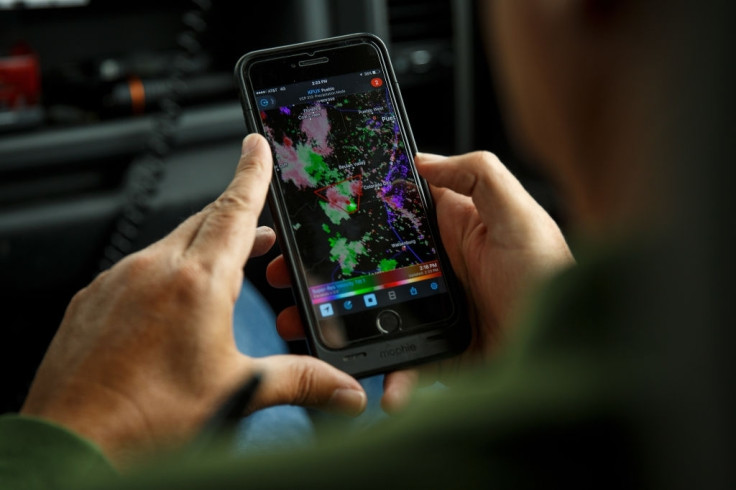Warrantless phone tracking violates Fourth Amendment, Federal appeals court rules
Law enforcement authorities in the US have been using cell-simulators or Stingrays to track the location of criminal suspects.

In a landmark ruling for privacy, a Washington DC court of appeals has said warrantless use of cell-site simulators, or Stingrays, to track a person's location is unconstitutional.
The ruling from the court came when it reversed a superior court's conviction of a man who was tracked with the use of the cell-phone tracking tool. The judges said the use of such technology without a warrant to track the suspect violated his Fourth Amendment rights.
The ruling could not only affect many cases but could also have broad implications on law enforcement's use of cell-site simulators as part of their investigations. The tool mimics a cell-tower, picking up signals that are broadcast by phones when they come in close proximity to regular towers.
The information collected by the technology can then be used by its user to locate the phones of criminal suspects for tracking their movement.
Currently, police as well as several agencies — FBI, ICE, DOJ, DHS, and IRS — are deploying Stingray or other similar cell network-spoofing devices to track down criminal suspects.
"We thus conclude that under ordinary circumstances, the use of a cell-site simulator to locate a person through his or her cellphone invades the person's actual, legitimate and reasonable expectation of privacy in his or her location information and is a search," the court ruling said. "The government's argument to the contrary is unpersuasive."
It is also worth noting that this is not the first time the use of cell-site simulators has been questioned. Privacy advocates have long fought this battle, pushing against the use of such devices, particularly without a warrant.
According to a House Oversight and Government Reform Committee report published in 2016, between 2010 and 2014, US taxpayers spent as much as $95m (£70m) on 434 cell-site simulators, with each device costing around $500,000.
© Copyright IBTimes 2024. All rights reserved.





